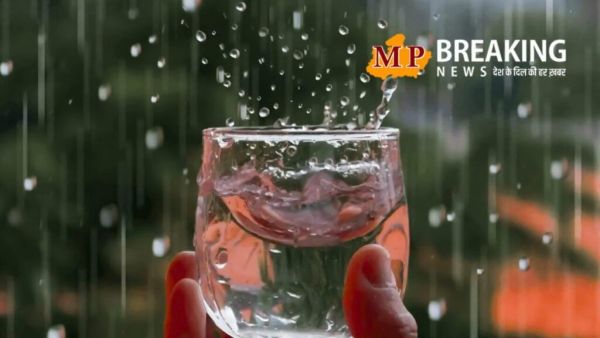
Rain water can be drinkable, but for this it is necessary to filter and disinfect it. It is a primary drinking water source in many countries, but it can be risky due to air pollution and industrial emissions in India. Government and health agencies release guidelines to make it safe.
The rain water is naturally purified, but due to the pollutants present in the air, there is a possibility of bacteria, chemicals, and parasites. For example, in cities like Delhi, where AQI often lives at ‘poor’ level, it should be carefully treated before drinking rain water. According to CDC and WHO, do not mix it with bottled or tap water, as it can also contaminate safe water.
It is necessary to filter and disinfect it to make rain water drinkable. According to CDC, germs and chemicals present in it can be harmful to health. For example, in the hilly areas of Uttarakhand, where air pollution is low, rainwater can be used directly, but in metros, such as Mumbai, it should be passed with the RO system. The first flush device, which separates the early contaminated water, can help make it safe. In addition, UV treatment and biofiltaration techniques are also effective.
Drinking rain water can lead to health benefits, such as alkaline pH that helps in digestion and reduces free radicals. From the environmental point of view, its use helps to protect the groundwater. For example, in Chennai, where the water table is decreasing, it is being used by storing rain water. But its benefits are only when it is collected and treated properly. For example, the rainwater harvesting systems should be cleaned regularly, so that it does not remain dirt and parasites.